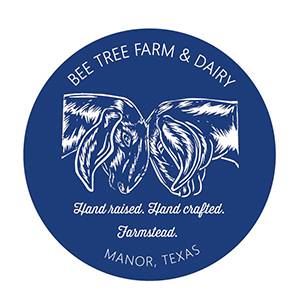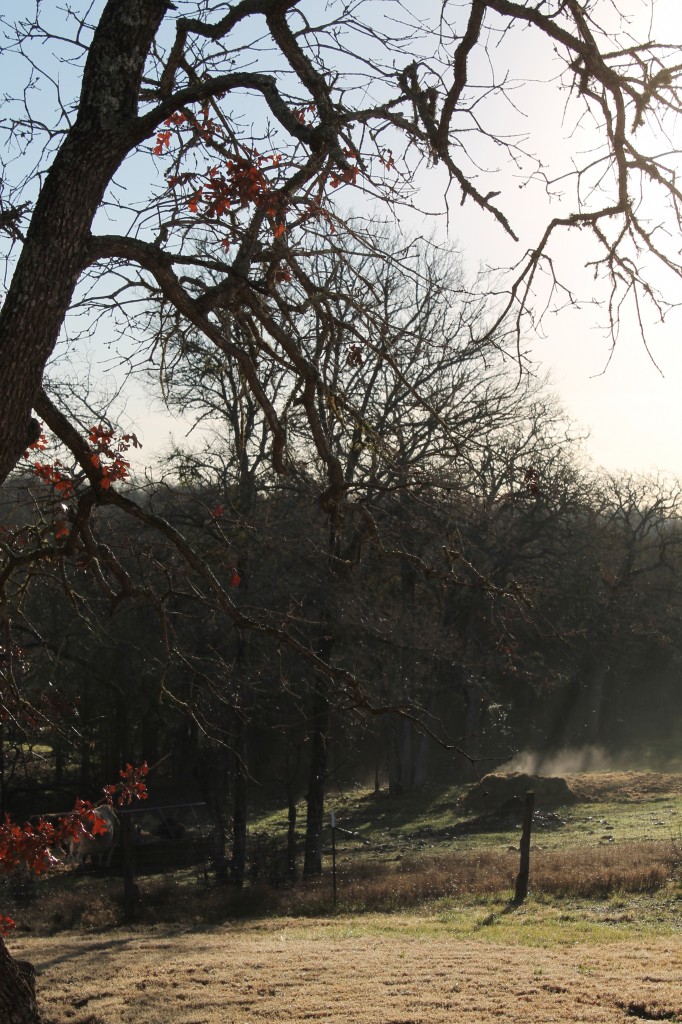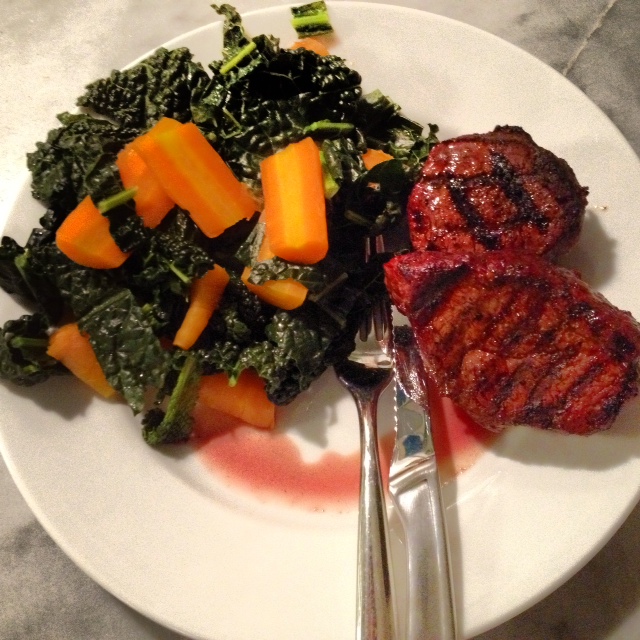Tomato, Toe-mah-toe
I don’t intend to stir controversy with this post but already hear a big old pop! as the lid comes off the can of worms. See – recently (ok, always) I’ve been thinking a lot about food: where it comes from, how it’s grown, whether it’s organic, whether it’s local, whether it was treated humanely, whether I support its origins. It’s this kind of thinking that first led us to the country after reading The Omnivore’s Dilemma and Animal, Vegetable, Miracle, books that forced us to scratch our heads over the food we brought home from the grocery store. Could we actually grow food? What would that entail? Was it worth the trouble?
It started slowly, just a few hens for our suburban backyard in Austin, a small garden for summer vegetables. The first eggs I pulled from the nest box, still warm, and sometimes wrapped with a delicate feather from the hen, they made me feel powerful. A little water, gentle care, and scraps from our own table could produce something this glorious in our own backyard? So we started to think bigger. We started thinking big. If we could grow this much food in one small backyard, what could we do with more space? The fresh eggs we gathered from (very) happy hens, the meaty, sweet tomatoes that exploded off plants, rooted in dirt fertilized by our chicken manure, it made me view my food through a new lens. I began to eye every piece of meat on my plate with skepticism and then concern – where did it come from? How was that animal treated? I shopped more carefully, first at Whole Foods, sometimes at farmer’s markets, reading labels, considering the distance a carrot traveled from its origin to my mouth. Researching those crazy things called GMO’s. Big Agriculture was shouldering out the small, local producers, both of whom fought for the hard-earned dollars I held in my fist. Who would get them?
Eventually, we bought some land, and if you’ve followed our story for any length of time, you know generally how it goes: Girl meets land, girl puts on rose-colored glasses, girl buys donkeys and cows, girl plants garden, girl milks goats, girl spins in circles with outstretched arms like Maria in Sound of Music. That’s a quick summation of the story. What’s missing there are some of the food-related lessons learned along the way, the choices we have come to now that many of those hard-earned dollars, grasped in our fists, often go into our own soil, into the mouths of our own animals – the products of both ending up on our table. I have spent countless hours loading the truck with hundreds of pounds worth of organic feed, writing checks to the feed mill for double what I would pay for non-organic. Long ago, I unlatched the door to the chicken coop, opting to let them live a completely free range, albeit more dangerous, life – allowing them to stomp across every inch of pasture. I have kissed the forehead of cows the evening before their slaughter, knowing exactly what food and care they were provided, hot, proud tears flowing as they were loaded for a final trip from the farm.
We do not grow vegetables for others and focus very little on the garden aside from making sure it contains the black gold created from a year’s worth of hay and manure, composted slowly in the cow pasture.
The chickens are tossed non-organic scratch grains in the morning but thrive primarily off a daily abundance of bugs snatched, snakes hunted, grubs pulled from the ground, grass blades pecked. Right now, it is only the dairy goats who receive a very small portion of organic grain, supplemented with non-organic sunflower seeds and hay. Why? Because I drink their milk a lot, and – really – because the grain is local.
Why am I creating a tedious list of food origins here? Because it represents a compilation of decisions made, as micro-producers, that fit with our personal food philosophy. Which is this: I care most that my food is local and that it is treated with respect. Everything else is secondary. Some people have questioned exactly what goes into the bellies of our beasts, animals who enjoy expansive, leafy pastures, enormous amounts of care, minimal medical intervention, and pure, tangible love every single day. Products created from our farm require minimal fuel to produce since much of their hay is grown two miles down the road, and the (tiny) amount of grain fed is grown right here in Texas. Is everything they are fed organic? Nope, and it never will be. In our journey, we have learned that organic can often amount to prohibitive prices for products that travel an enormous distance. Period.
Standing for a label is wonderful, but it is important to understand the implications of earning that label. What is sometimes sacrificed to achieve “organic”? What matters more: supporting a label or supporting a sustainable food system? If we’re lucky, we can have it both ways, but often we have to choose food from a larger producer, bypassing the hardworking, small farmer who might not have an organic label, but whose products are grown almost exactly the same way, with enormous integrity, and only a fraction of the distance from your dinner table.
Years ago, I touted the label. But this was before I grew my own food. Before I cradled eggs from my own hens in dirt-covered hands. Before I knew the names of animals that put cream in my morning coffee. I support animal welfare above everything. I support locally grown food second. And if I can get it organic, great, but it’s no longer the priority. Think about all this the next time you distribute your own hard-earned dollars. Think about your own food philosophy and remember that money talks; it is a statement, and it is a choice. Then go home and consider stuffing a few seeds into pots this spring. Bring home a box of fluffy baby chicks to scamper across your backyard, to watch them grow, to relish in the daily miracle they produce from water, grass, and sunshine. Just give it a try.
I didn’t, and don’t, intend to navigate the murky waters of controversy surrounding organic labeling or regulations. In fact, I choose this option whenever possible. But I choose local, and I choose to support small farms that create animal products with an eye towards humanity and care above all else.
Food: it’s personal, but it’s also a powerful expression of choice; one that you can make
every. single. day.





12 Comments
Jamie
March 6, 20152:10 pm
Wow, what a great post, this sums up everything that goes through my mind, and the journey my husband and I have started up here in WA. Most of our family and friends think we are crazy, we’ve got a little 5 acre spread and now have goats and chickens. We just bought a dairy goat who will be kidding in a few months, ummm we totally don’t know how to help a goat give birth, but we are learning as we go! We now have bees too… so our own eggs, honey and milk, cheese to come soon. What will be next?
Melissa
February 26, 20147:48 am
Beautifully said. Thank you :-)
Joan @ The Chicken Mama
February 24, 201412:08 am
Thanks for the thoughtful writing! I have the choice of $26/30 lb. organic, non-GMO chicken feed and $12/50 lb. quality “regular” feed, both from the same local company. In the beginning of my chicken mama life, I chose the organic. But after I watched the chickens eat the prairie grass, the goats’ non-organic hay, the pig food, the pig POOP, and dirt in general…I got over myself. Those hens will live happy lives and give me the best eggs they can. I appreciate that, and since we’re vegetarians, if their little chicken brains weren’t so tiny they would probably appreciate the fact they will live long, long lives in the barnyard!
Kim
February 21, 20146:52 pm
Amen and amen! We’ve been growing our own produce for years but it’s never been our sole source for what we eat, either due to marauding chickens or poor planning or not really enough emphasis on it. Right now I’ve got winter crop seedlings out there and my produce comes from a CSA. My goal for this year is 75% of our produce grown here.
We’ve had chickens for a year and a half now and been only eating eggs from them for a year (that’s when the first egg hit the nest box floor). I can’t imagine going back. We’ve eaten chickens we’ve raised ourselves (surplus roosters) and the mere act of doing that… taking that very first bite… well… there’s no turning back now. We don’t have the room here in our little backyard to raise meat chickens beyond the occasional surplus male but we’re actively searching for property where we can. And where we can have turkeys and goats and pigs. Our backyard supports laying chickens, ducks and a couple rabbits. I get raw milk from a local farmer. I get a pork share from a good friend who has the room to raise them. Little bits add up to a big whole!
jennakl
February 23, 20149:32 am
Little bits DO add up – exactly. We don’t have to change the world, but it feels so good every time I can offer someone a carton of eggs. That one less carton bought at the store, etc, etc. There’s no turning back, so true :) We haven’t butchered our own chickens yet (YET) but I look forward to having more meat that we produce and that will include chickens and pigs!
Debra Frost
February 21, 20141:30 am
VERY WELL SAID!! My son and wife, Jesse & Hannah Frost, are made from a similar mold as you. Thank you for voicing their, and my, philosophy and commitment so well. Always stand for what you believe, work it, see it, share it. You and those who believe as you believe are the,.. THE… future of this nation. Please be proud of what you believe and STAND TALL! May you be blessed!
Debra
jennakl
February 23, 20149:30 am
Thank you so much for this note, Debra! I am such a huge fan of everything Jesse and Hannah do at Rough Draft. If only more people felt this way about food!!!! Seriously – thank you so much – what a lovely note…
Sandi
February 20, 20148:05 pm
Amen
Rachael Taylor
February 20, 20141:10 pm
Yes!
Before we grew our own food I was naive too…now I get it. The most important thing is to know where your food is coming from. Meet the farmers, meet the animals, be a part of their journey.
Yes! Yes! Yes!
lylah ledner
February 22, 20144:48 pm
I followed you hear via my sweet friend Rachael Taylor and I already simply adore you! Applauding from over at my farm in Scottsdale suburbia longing for green, trees and a babbling brook with a gray barn (red door) and blackberry bushes and apple trees our dairy goats can munch on :-).
lylah
jennakl
February 23, 20149:28 am
Hi Lylah! It is so lovely to hear from you – I’ve been following you (and Rachael) for a long time from afar and am so in awe of everything you do. What a beautiful farm you have created, especially considering that you’ve carved it out of a piece of suburbia!! Hope you’ll stay in touch :)
jennakl
February 20, 20141:14 pm
Virtual high-fives Rachael! “be a part of the journey” – YES.